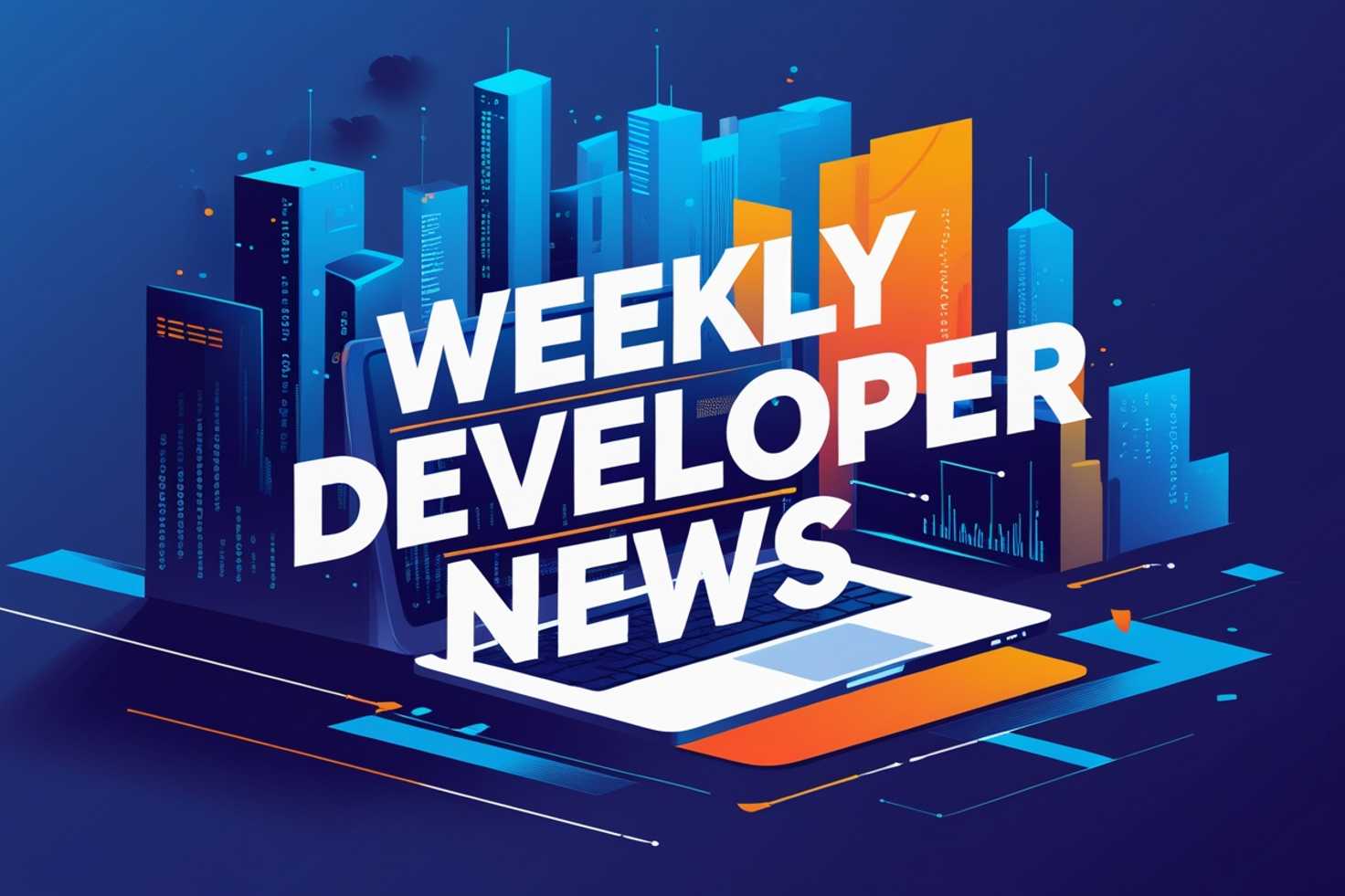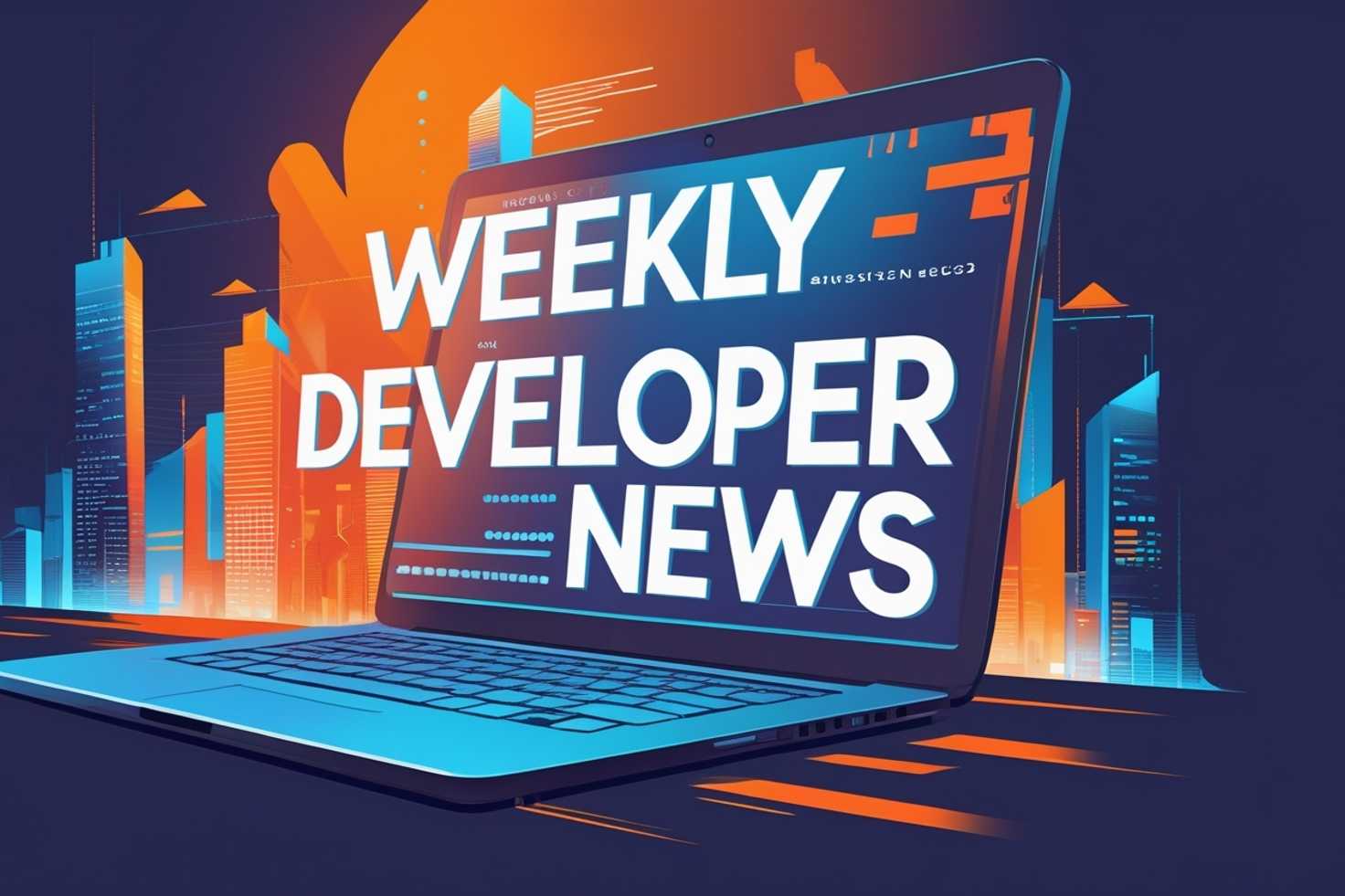
July 11, 2025
Email threats have gotten smarter, and the tools many teams still rely on haven’t kept up. It’s a problem, especially for SaaS providers handling sensitive data every day. More of them are now bringing in AI tools, not because it sounds impressive, but because the old systems keep missing things. The goal is simple: catch bad emails before anyone clicks, and do it without slowing people down.
The Email Security Challenge
SaaS teams send and receive email constantly—customer support, updates, credentials, shared files. Most of this happens through platforms like Google Workspace or Microsoft 365. It keeps work moving, but it also opens the door to risk.
The issue is, threats don’t always look suspicious. Some emails mimic coworkers or vendors. Others carry attachments that seem normal until they’re opened. Common problems include:
Phishing attempts
Some emails are designed to look trustworthy on purpose. They might copy a company logo or use a familiar sender name. One wrong click on a fake link can hand over login details or lead to a dangerous site.
Data leaks
Not every data leak is the result of an attack. An email might be misaddressed, or sensitive content could get exposed during transmission. Either way, it can put client data at risk and create issues with compliance.
Malware distribution
Infected attachments or links buried in email content can do serious damage. Once opened, they might install ransomware or quietly start pulling data from systems in the background.
How AI-Powered Tools Change the Game
The tools that used to catch email threats aren’t holding up anymore. Filters that block known phrases or domains are too easy to get around. That’s why more SaaS companies are turning to AI.
AI doesn’t follow a fixed checklist. It notices patterns and learns from what’s happened before. So instead of relying on someone to spot a problem, the system figures it out in real time.
Some of the ways companies are using AI in email security:
- It looks at the background of a message. Things like where it came from, how it got routed, and whether the sender’s domain matches the usual ones. Even if the email looks fine, AI can flag it if something’s off.
- It reads the content closely. Not just scanning for words, but picking up on tone or strange combinations—especially in attachments. That helps catch phishing emails that aren’t obvious.
- It takes action fast. If something seems risky, the message is pulled aside. A notification goes out, and the IT team can take it from there. No waiting, no digging through inboxes.
For teams managing a high volume of mail, this saves time. It also lowers the chances of something serious slipping through unnoticed. The system does the first sweep, so people can focus on what really needs their attention.
Core Features of AI-Driven Email Security
Today’s most effective AI-powered platforms offer a combination of advanced features that work together to guard against a wide range of risks:
- Real-time threat detection
Continuous scanning helps identify new attack patterns as they emerge, instead of relying on known signatures.
- Adaptive learning
Models are updated based on live data. They become more accurate over time by learning from attempted breaches, false positives, and real-time user behavior.
- Behavioral analysis
Systems monitor user habits, such as login frequency, email forwarding behavior, and time of access, to detect anomalies that may indicate compromised accounts.
- Advanced encryption
AI-based platforms pair detection tools with robust data protection protocols, including secure transmission methods and encryption at rest, which help guard sensitive information even if a breach occurs.
- Specialized integrations
These ensure full compatibility with major cloud platforms. For example, protecting sensitive Gmail content has become a priority for many SaaS users, and integrations with Google Workspace allow AI tools to scan emails, flag threats, and secure inboxes without disrupting workflow.
Together, these tools offer layered protection that not only blocks immediate threats but also improves security posture over time.
Implementation Strategies for SaaS Providers
Setting up AI tools isn’t just a matter of switching them on. Without a plan, the process can get messy and might even overlook the issues it’s meant to solve. A slow, steady approach tends to work better, especially for SaaS teams that rely on cloud-based tools every day.
- Begin by reviewing your current setup. Which systems manage email today? Where is sensitive information kept? What kind of breaches or red flags have you seen before? These answers will shape where to focus first.
- Pick a vendor that fits your setup. Some tools work better with Google Workspace. Others are built around Microsoft 365. And not all AI models handle things the same way. Look for one that plays well with your stack.
- Test it with a small group. Don’t roll it out to everyone on day one. Try it with one department or team. Watch how it handles real messages and check how people respond to alerts or changes.
- Make sure it connects to what you already use. If you’ve got dashboards or reporting tools, those should show alerts from the AI system too. That way, you don’t have to jump between platforms to track what’s going on.
- Roll it out slowly. Once you’re confident it’s working, expand across the company. Use early feedback to tweak how strict the system is, and keep an eye on false positives or anything that’s being missed.
Looking Ahead
The future of email security will rely less on human monitoring and more on automated systems that act quickly and adapt with each threat. SaaS providers are expected to expand AI tools beyond email, applying the same logic to shared drives, chat apps, and third-party integrations. As these platforms grow smarter, they’ll help teams focus on strategy.
Recent Posts

August 27, 2025
How to Find the Right Learning Path When You’re Switching to a Tech Career
See post

August 22, 2025
Developer News This Week: AI Speed Trap, GitHub Copilot Agents, iOS 26 Beta Updates & More (Aug 22, 2025)
See post

August 08, 2025
Developer News This Week: GitHub GPT-5, VS Code 1.103 & Chrome 139 (Aug 8, 2025)
See post